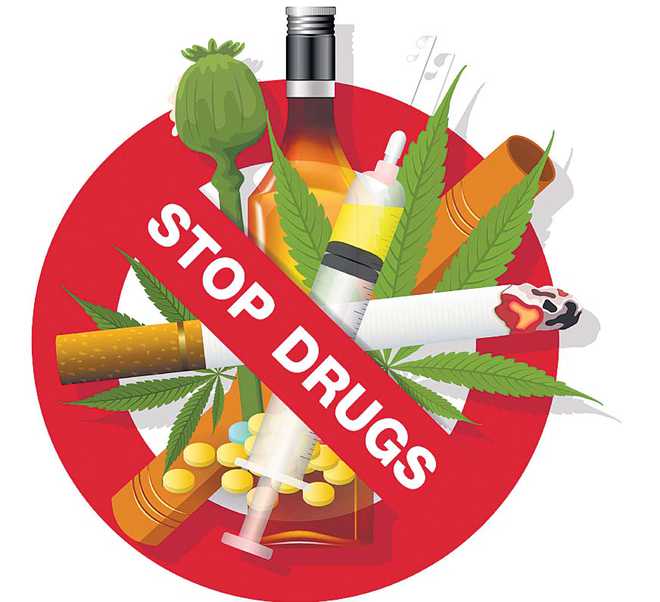‘Breaking Bad’ in Canada
Peeyush Agnihotri
EDMONTON-BASED Nashaa (National Advocacy of Substance Abuse and Harm Reduction in Adults & Adolescents), Surrey-based Roshni, Brampton-based Sahara Addictions Programme (under the aegis of Punjabi Community Health Services) have some commonalities — all are Canada-based substance abuse de-addiction platforms and all have Indian names. This also underlines an overriding trend, swept under the carpet by our own community members. Substance abuse (including related issues like gangs, unlawful activities and penury) is on a rise among those who have immigrated from the Indian subcontinent.
Alcohol abuse (long been known to be a desi nemesis) is passé. What's squaring that up is the opioid crisis. Logical then that the Canadian social service sector is coming up with such names, as mentioned above,which resonate well with the ‘core audience’. Also, it makes sense for Statistics Canada to partner with ‘brown-town’ like Surrey on projects such as Opioid Data Collection and Community Response. Or, for that matter, Alberta government to provide half-a-million dollar grant to Punjabi Community Health Services (PCHS) to fight opioid abuse amongst Calgary's South Asian community.
It doesn't end at opioids. Barely six months ago, the CBSA (Canadian Border Service Agency) seized 99.7 kg cocaine (estimated street value between $6.7 and $8.4 million) from a truck on Montana-Alberta border. Two persons of South Asian origin were arrested. According to officials, this has been the largest CBSA seizure of suspected cocaine on record in Alberta.
Recently, it was in Calgary’s north-east quadrant that the police arrested a few with subcontinental roots, along with others, for supplying Carfentanil-fentanyl mix. The drug turf is not limited to men anymore. The British Columbia government granted $75,000 to Abbotsford Community Services (ACS) to help South Asian female youth, who are currently involved in criminal activity or who are at high risk of being in it. If that is not an indicator of the magnitude of the scourge then what is?
Social workers and counsellors working with at-risk population and law-enforcing agencies candidly admit that there has been a rise in unlawful activities that involve the South Asian diaspora (both genders). However, very few community leaders are willing to talk about this elephant in the room, let alone take it head on.
What may add another dimension to this Canadian 'Breaking Bad' is past week’s major development. Bill C-45 got a makeover. Canada will legalise sale of marijuana (cannabis), the first amongst G7 and the second country to do so (after Uruguay). Weed stores may start sprouting in neighborhood strip malls and other places almost a fortnight before Halloween — October 17 precisely.
Youth will be the ones most affected, South Asian diaspora included. A senator even tweeted: “Sad day for Canada’s kids. As per a 2014 paper put forward by Dr Vijay Seethapathy (Burnaby Centre for Mental Health and Addiction) on Substance Use Disorders, weed abuse has been increasing among South Asian youth. “Daily cannabis use is increasing significantly and one in five student report driving after use.”
Covertly-traded synthetic drugs and overtly-sold pot. Not to mention pre-existing liquor stores. Quite a heady concoction that has the potential to snuff out the already-fragile social fabric. The moot point is when substance and intoxicant abuse get rampant in provinces back home, people are quick to blame the alleged mafia-politician nexus rather than their own caving and craving. It becomes the fulcrum on which election planks sway. But when the same set of population moves abroad, with vices intact, whom do they put their blame on? The answer, lies inwards.









